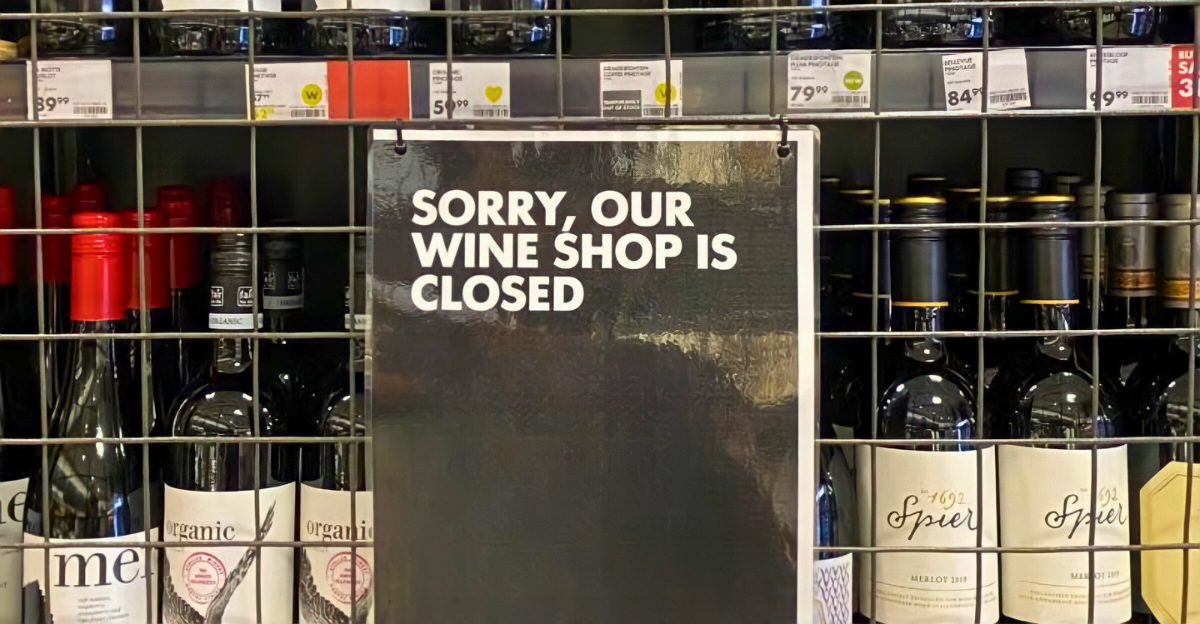
If you happen to walk into a liquor store in California this week, you might notice something strange. Some of your favorite drinks might be missing from store shelves. This is not because of some shipping delay or seasonal hiccup. In a surprising move, one of the country’s largest alcohol distributors has exited the state, cutting ties with thousands of long-established partners.
Some people might think this is just a local issue, but the facts say otherwise; California makes up nearly 12% of the U.S. alcohol market. The company’s quiet exit points to a bigger problem: a breakdown of trust, tradition, and the fragile system that kept things running. Something much larger is falling apart.
The Impact
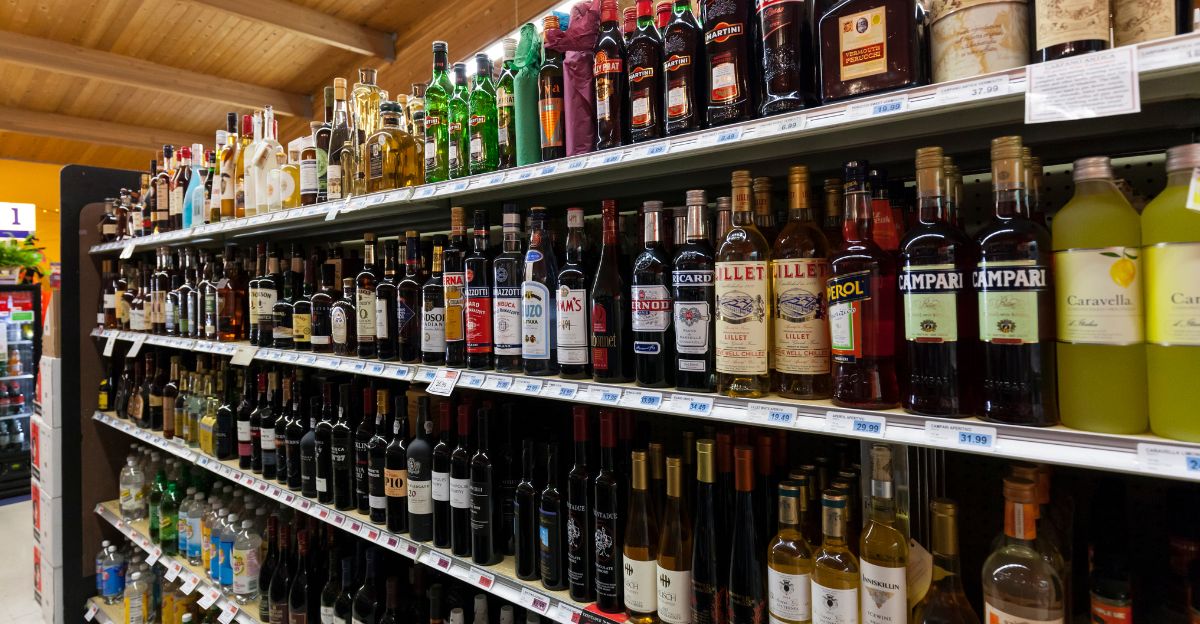
While California might be ground zero, the impact is spreading fast. With the state making up approximately 10%–12% of the U.S. alcohol market, any disruption in California sends shockwaves across the country. Now, suppliers in other states are starting to wonder just how stable their own distributor ties really are.
This move is also causing concern in many other high-cost, tightly regulated states like New York and Illinois. This issue is not exclusive to California; it is a wake-up call for an industry that was built on long-standing partnerships and fragile trust that might not hold under pressure.
Built On Loyalty
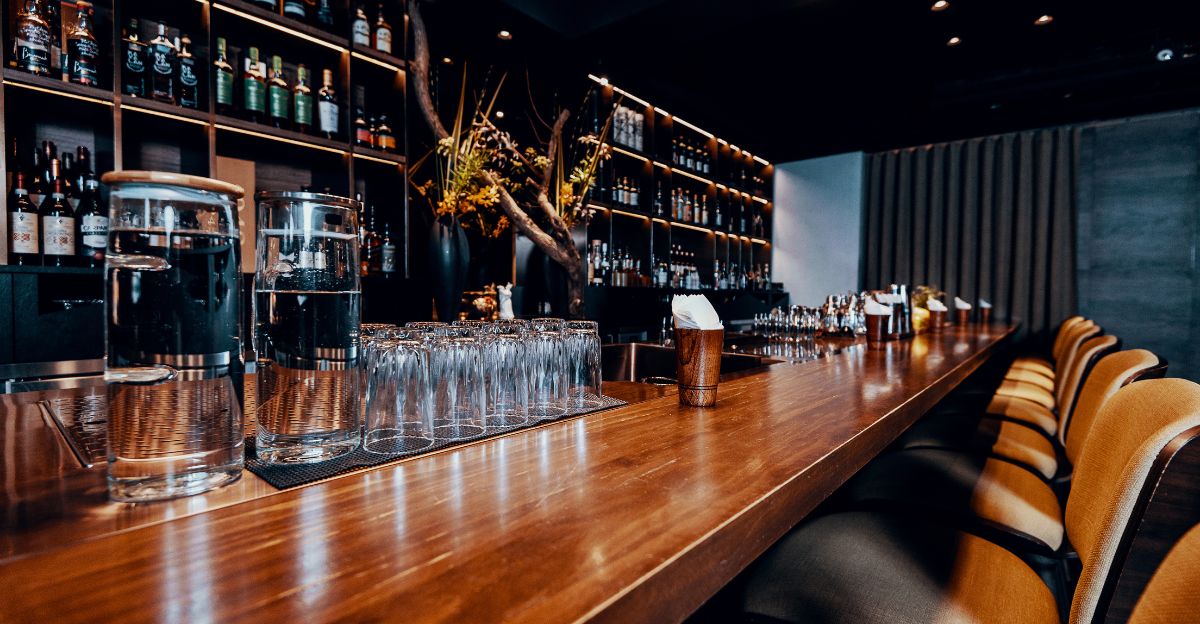
The alcohol industry used to be built on loyalty and close relationships, not contracts. Deals were often made with handshakes as distributors and producers grew side by side, surviving wars, recessions, and even Prohibition. The company was founded in 1898 and soon became a pillar of U.S. alcohol commerce. Its decision to depart so suddenly has broken business ties and shattered a tradition rooted in mutual respect.
For a lot of people, this decision marks the end of an era, where people mattered more than profits. However, this exit didn’t happen overnight.
Replaceable

It didn’t happen in a vacuum. The state’s business climate, rising wages, complex regulations, and heavy taxes have strained many industries. Major suppliers have also begun prioritizing profits over partnerships, treating longtime distributors as replaceable. This has resulted in a perfect storm where old agreements could not withstand new realities.
When accounts that were worth a ton of money decided to walk away, the numbers no longer added up. What once seemed like a solid operation was starting to fall apart. That was when the company did something that no one expected.
The Company

Republic National Distributing Company (RNDC) is a $12.2 billion company that is the second-largest alcohol wholesaler in America. The company has revealed that it will exit California by September 2. The CEO, Bob Hendrickson, says that this is due to rising costs and supplier shifts. However, insiders have revealed that this was a strategic exit that sends a clear message: no matter how large a market is, it is not safe if the margins aren’t right.
The exit leaves behind 2,500 brands and thousands of workers, marking the biggest distributor withdrawal in modern U.S. alcohol history. The impact is already felt, not just in corporate offices but in everyday businesses across California.
Bars And Restaurants
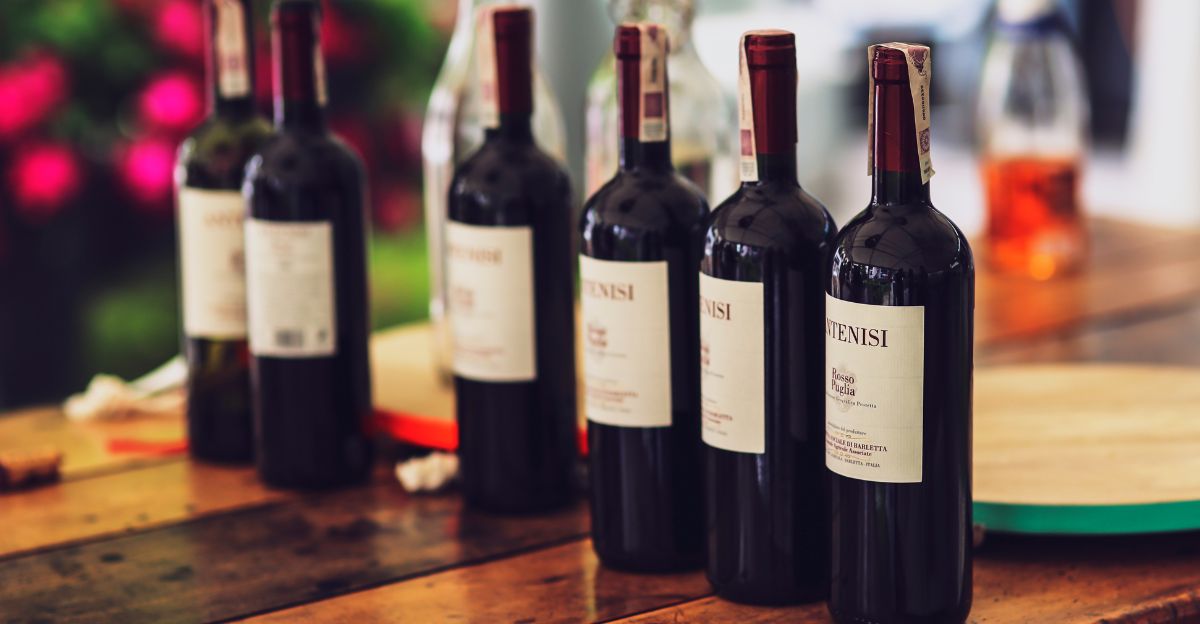
Bars and restaurants across California that depended on RNDC are now dealing with drink menu chaos. Many of them can’t get their usual wines, spirits, or craft liquors. Wine shops are putting up apology signs, bartenders are making last-minute substitutions, and small hospitality businesses, which were already hurt by the pandemic, are scrambling to restock on these drinks just as the busy summer season kicks in.
Beverage programs, which are important sources of profit, are now in disarray. This isn’t just a small hiccup; it could be a make-or-break moment for many people. While business owners prepare for what’s to come, there’s another group that will be hit even harder by RNDC’s sudden departure.
The Workers
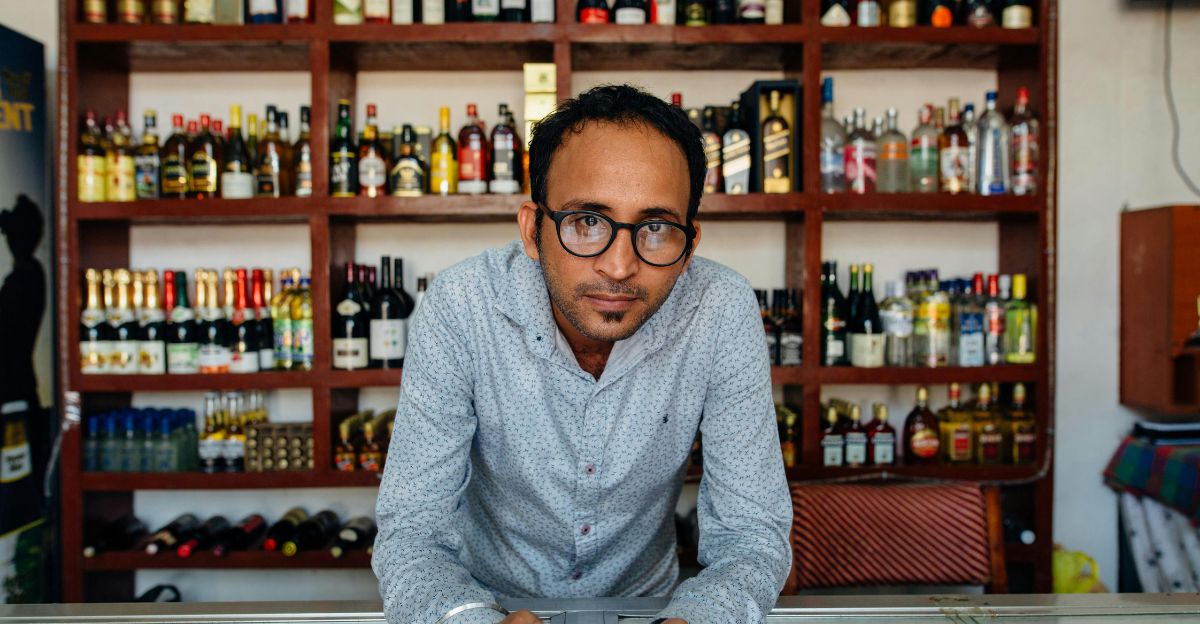
Behind all of this are workers who never saw it coming. RNDC employees in California, many of whom are union members, were completely caught off guard by the company’s decision to leave. These were not underperforming workers either; they were veterans of the industry, including drivers, sales reps, and office staff who had years of experience working in California’s alcohol maze.
A petition was posted to Change.org and has already received over 1,300 signatures, accusing the company of mismanaging Young’s Market, which it acquired just two years ago. Now, many families are left scrambling to find new jobs, healthcare, and answers. As they try to pick up the pieces, rival companies are already stepping in to fill the gap left by RNDC.
The Competitors

Now that RNDC is out, other major players in the game, like Reyes Beverage Group and Southern Glazer’s, are stepping in to grab market share. Reyes has already managed to snag big brands like Tito’s and Brown-Forman before the company’s exit was even confirmed.
Now, these two remaining giants, with $60 billion in combined revenue, are set to carve up California’s distribution landscape. This is a familiar pattern seen in many industries, where only the biggest companies can survive rising costs and tight regulations. However, another change is currently happening, and it can disrupt even these giants.
Changing Habits
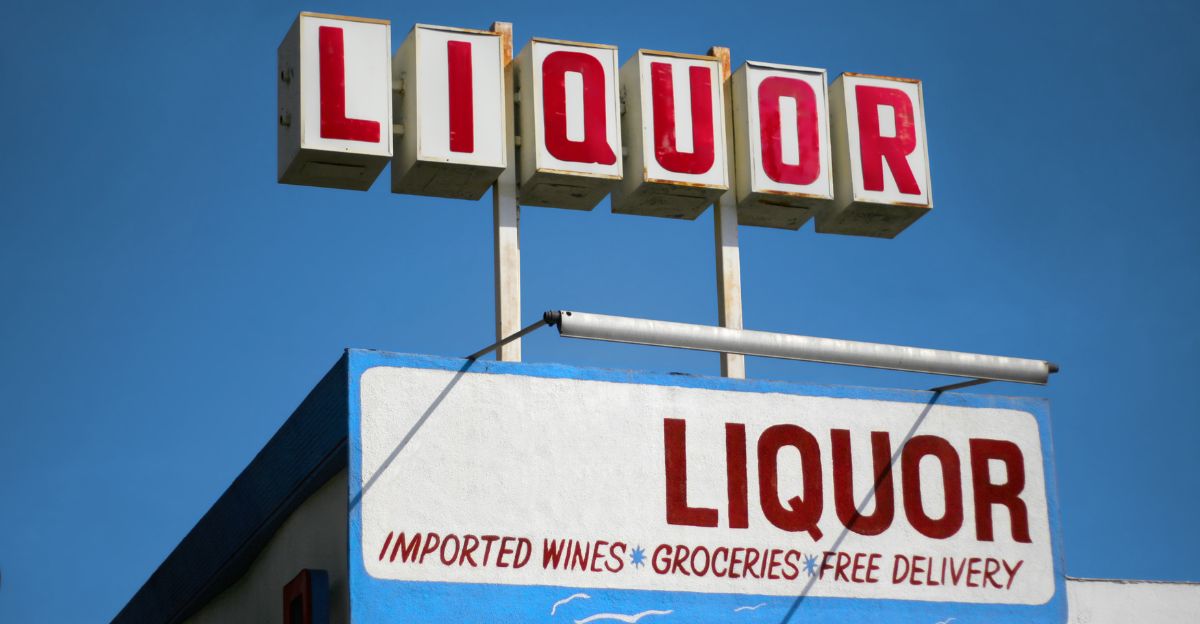
Alcohol habits are shifting rapidly. In California alone, spirits sales have gone down by 5% since 2019, which is double the national rate. It has been found that Gen Z drinks about 20% less than older generations and prefers wellness, premium products, and ready-to-drink alternatives. This puts a strain on volume-based distributors like RNDC. People are also buying these items online, directly from producers, cutting the middleman out.
The old three-tier system relies on scale and predictability, which are rapidly disappearing today. Now that consumers are drinking less and prefer smaller craft brands, the industry’s long-standing infrastructure is being tested in unprecedented ways.
A Turning Point

This situation is more than just a business story. It is a massive turning point. RNDC’s collapse in California shows a bigger challenge for the traditional way alcohol is distributed. Rising costs, changing consumer habits, and the rise of digital sales are quickly changing the industry. Having long-standing partnerships no longer means success.
For smaller and medium-sized brands, this brings new risks, but it also creates new opportunities to connect with customers in more direct, flexible ways. It is now becoming clear that today’s alcohol industry depends less on scale and tradition and more on agility, innovation, and the ability to rethink everything.
Discover more trending stories and Follow us to keep inspiration flowing to your feed!

Craving more home and lifestyle inspiration? Hit Follow to keep the creativity flowing, and let us know your thoughts in the comments below!
